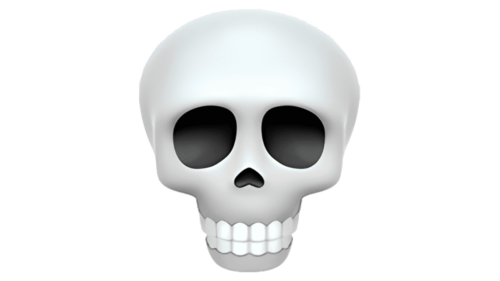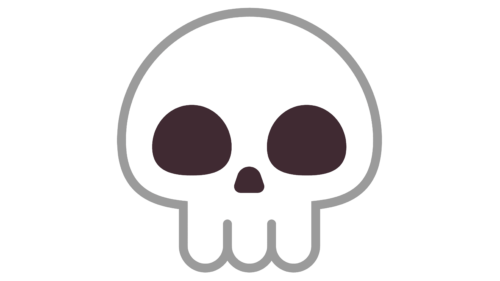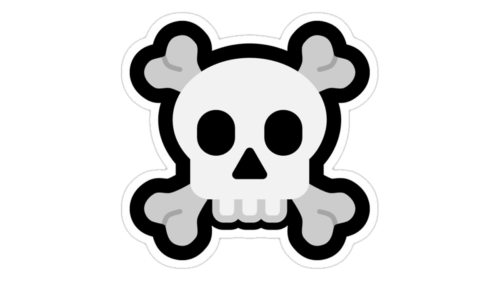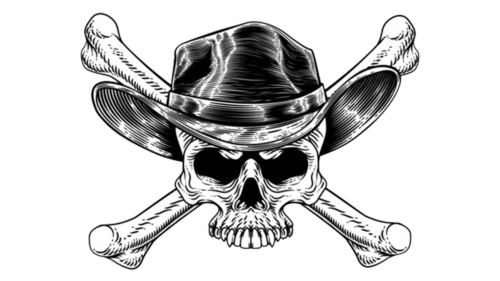Emojis are everywhere. They appear in social media feeds, text messages, commercials, products and more. The number of characters continues to grow every year, and the digital language of emoji, to evolve.
Sometimes it can be difficult to determine the meaning of emoticons in WhatsApp or social media correspondence. Although at first glance it may seem like a simple task, deciphering the meaning of emoticons can be different, depending on the context.
In recent years, the use of certain emoji on the Internet has become a test of age. Younger users of the web are becoming fashionable for emoticons, while millennials and those older don’t always understand what they mean.
Emoji have become an important part of Internet culture: according to statistics, you can find at least one emoji in every 5 tweets. But with each year emoji are evolving faster and faster, and now an ordinary, seemingly emoticon begins to mean something completely different from what it meant a couple of years ago. One such emoji is the Skull Emoji.
Description
The Skull emoticon is an emoji with the image of a human skull in cartoon style with large black eye sockets.
The skull icon itself was added to Unicode in 2010. It wasn’t very popular, and was mostly used to describe something scary. However, the fact is that the image added to the Unicode looks different on different devices. So, Apple’s skull looks pretty cute, which probably contributed to the fact that today the meaning of this emoji is extremely far from the original.
Types
There are two types of the Skull Emoji, which have similar meanings.
💀The Skull emoticon is code U+1F480, with which it was added to the Faces and Emotions section of Unicode 6.0 in 2010, and then was included in the Emoji 1.0 set in 2015. To copy and paste the Skull emoji into HTML, you need to use the code 💀. This emoji has no gender differences or color alternatives. The Skull emoticon is already quite established, so it should have support on most devices. This skull does not have a part of a jaw, unlike the next one.
️☠️The Skull and Bones emoji. It was assigned the code U+2620 U+FE0F, with which it was added to the Faces and Emotions section of the Unicode 1.1 standard in 1993. To copy and paste the Skull and Bones emoticon in HTML, use the code ☠️.
It should be highlighted that both emoji are a whitish gray color with large black eyeballs, in the design of some platforms, such as Facebook, Microsoft, Twitter, etc., it is white or lead.
Meaning
Literally, the skull emoticon means death or actual mortal danger. It can be used in cautionary messages or in warnings about the risk of mortal danger.
However, in the early 2020s, the skull emoji stopped being used with a negative context. Generation Z added another meaning to it. Today, the best way to show your face among millennials and members of Generation Z is to respond with a skull emoji to a good joke or comical situation. The point is that today’s teens and young adults increasingly use the phrase “I’m dead” in the meaning of “very funny”.
But it is not all. One of the meanings of Skull Emoji is “An awkward pause,” or the embarrassment of that pause. In a figurative sense skull emoji means figurative death, when a person “dies” from boredom or longing, from a strong laugh or deep disappointment.
It is also sometimes used as a symbol of someone losing too much weight, or for messages that a person is “starving to death.”
As you can see, sometimes the images on the emoji is extremely ambiguous, and can carry hidden meanings, so be careful.
Technical Specifications
File Types and Formats
The skull emoji is available in various file formats to accommodate different usage scenarios, including PNG formats for web graphics and SVG image files for scalable, high-quality applications. PNG sizes vary, allowing for flexibility in web design, such as integrating into social media posts or as part of a website’s banner or header. The SVG format is particularly valuable for designers looking for crisp, scalable graphics that can be resized without loss of quality, making it ideal for high-resolution displays and print media.
For developers and designers working on applications or digital platforms, the skull emoji might also be available in ICO format for icons, JPEG for standard web graphics, and even as clipart graphics. These formats ensure that the skull emoji can be easily incorporated into various digital products, from a simple blog post to the complex UI of a phone personalization app.
Open Source and Copyright
Many skull emoji images are part of the open standard, defined under Unicode, which makes them universally accessible across devices and platforms. However, the specific designs of these emoji images are copyrighted by their respective creators, such as Google for Android devices or Apple for iOS devices. This means that while the concept of the skull emoji is part of the public domain, the artistic rendition of each platform’s emoji might be subject to copyright restrictions.
Open source emoji libraries, such as those offered by Iconduck, provide an alternative with free open-source icons, including the skull emoji. These are available under licenses that permit commercial use with appropriate attribution, offering a wealth of resources for developers, designers, and content creators who need copyright-compliant emoji images for their projects. These resources often include detailed emoji details, icons & illustrations in various formats, and additional emoji descriptions to aid in selection and integration.
Integration in Digital Platforms
The skull emoji’s integration into digital communication is facilitated by its inclusion in the emoji keyboard of major operating systems and applications. This standardization, as part of Unicode, ensures a consistent user experience across different platforms, from Android and iOS to web applications. For commercial purposes, such as in marketing materials or product designs, the availability of the skull emoji in different formats and under open source licenses allows businesses to incorporate this popular icon into their branding, notifications, or even as a logo element, provided the license terms are followed.
These technical considerations underscore the versatility and accessibility of the skull emoji, making it a valuable asset for digital communication, design, and commercial applications. Whether for adding visual appeal to a social media post, enhancing the user interface of a mobile app, or creating emoji-themed merchandise, the technical specifications and copyright considerations play a crucial role in how the skull emoji is used and shared across digital platforms.










